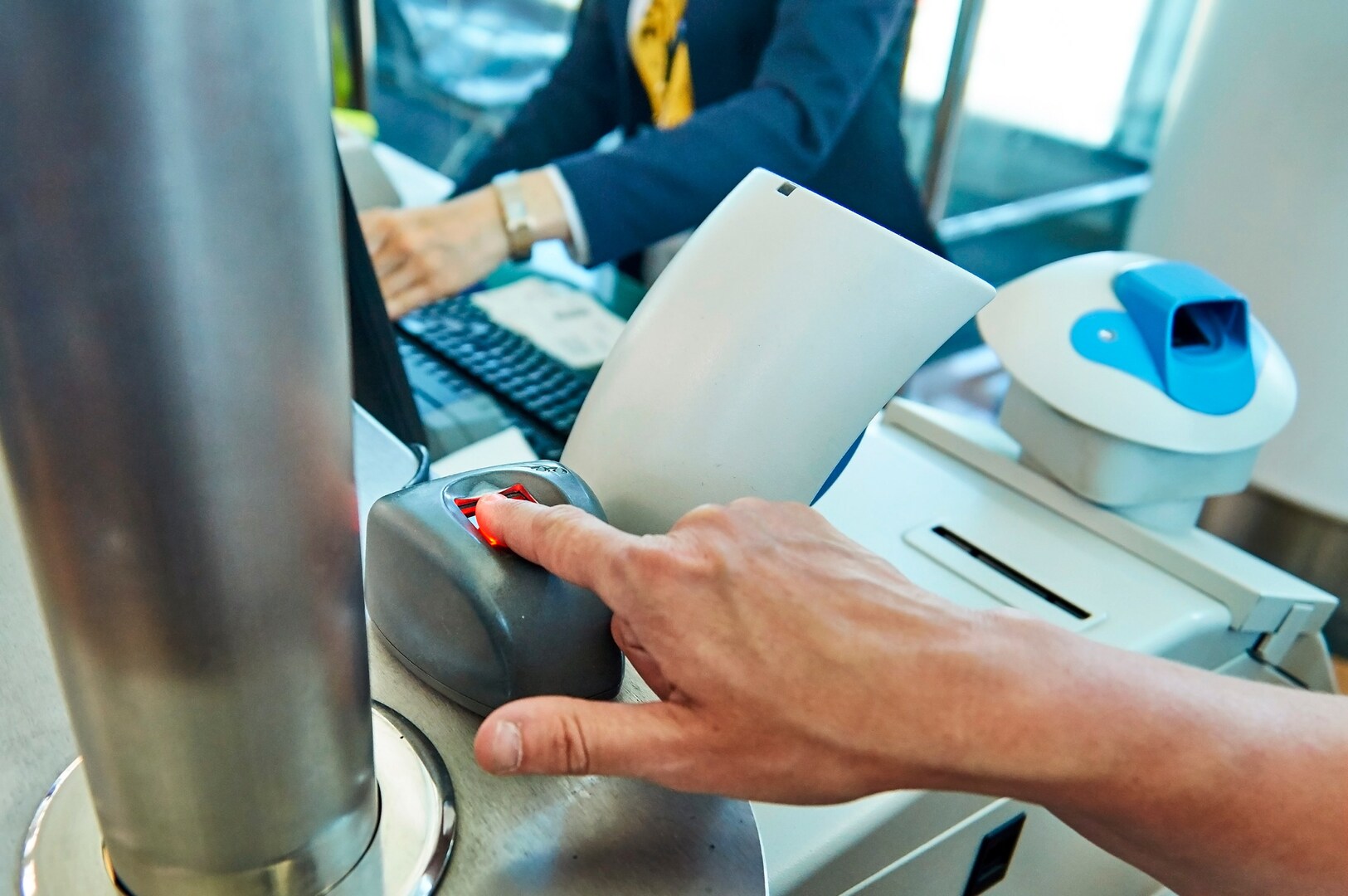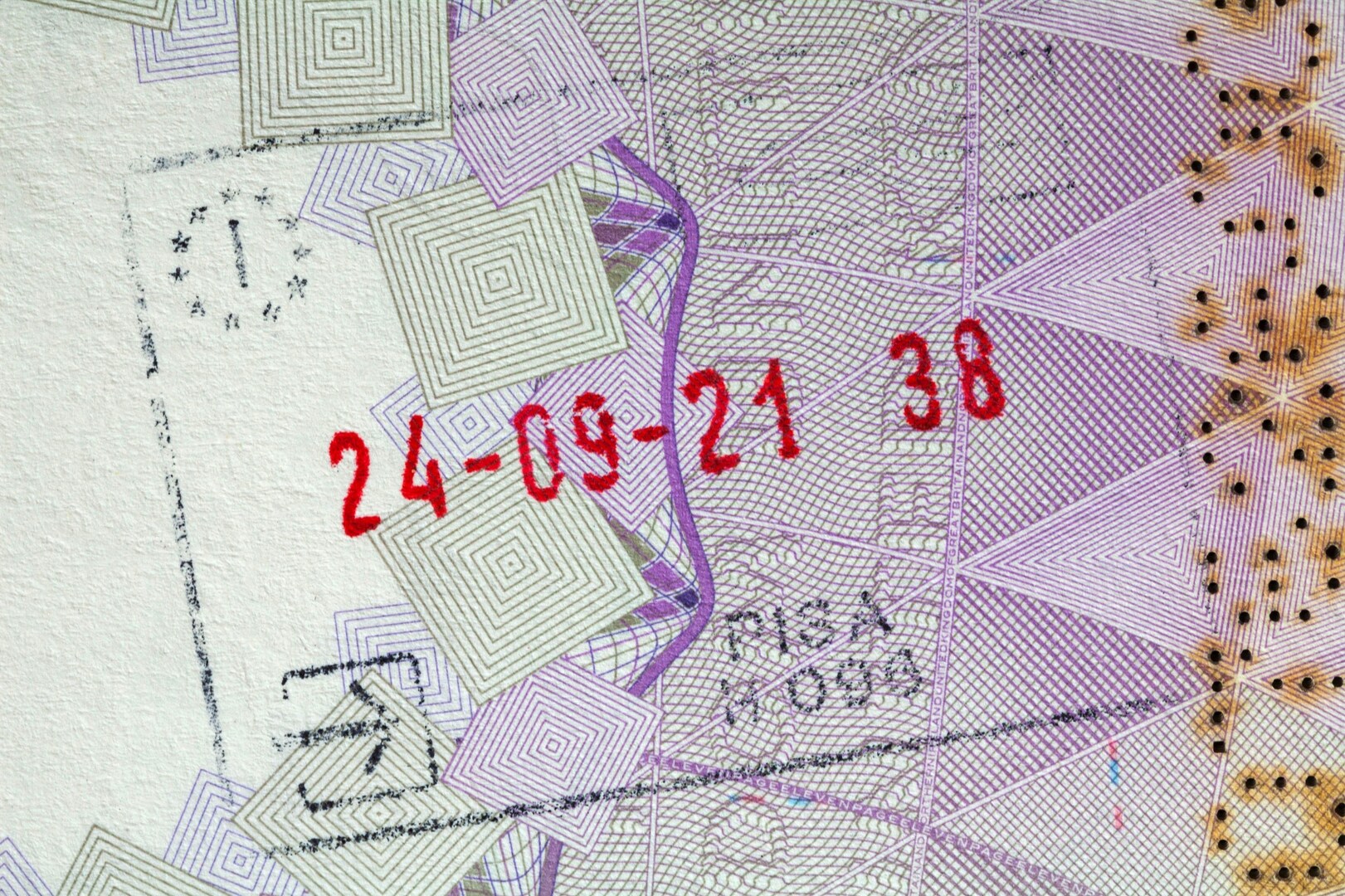When Will the EU Entry/Exit System Launch? Complete Guide
The new automated Entry/Exit System (EES) designed to monitor border crossings in and out of EU countries for travelers from non-member states is set to be implemented starting in October 2025. This system has faced several delays, and will now be introduced in stages due to readiness issues among some member states.
The EES will require most visitors from outside the EU to enter their passport and biometric data upon their first entry into the EU. This information will be stored and cross-referenced with various security databases to enhance safety. The goal is to streamline the entry and exit processes, reducing the reliance on manual checks and eliminating the need for passport stamps. Here’s an overview of what to expect.
Understanding the Entry/Exit System (EES)

The EES aims to monitor the movements of “third-country nationals” within the Schengen zone, effectively replacing traditional passport stamping. Currently, non-EU visitors can stay in the EU for up to 90 days within any 180-day timeframe without a visa, a condition the EES will help enforce through digital records, thereby enhancing border security.
During their initial visit to any of the 29 countries participating in the EES (25 EU states plus Iceland, Norway, Liechtenstein, and Switzerland), travelers will need to provide their passport information and biometric data. Although initially proposed to gather both fingerprints and photographs, it appears that only one type of biometric data will now be collected.
The collected data will typically be retained for three years. Refusing to provide this information will result in denial of entry.
For future entries, travelers’ details will be matched with their previously recorded information at border points, including one biometric type, likely through a facial scan. The EU has indicated that guests will generally not need to resubmit this data unless under exceptional circumstances. Furthermore, the EES will not apply in Ireland or Cyprus, where traditional checks will continue.
Most border processing will occur upon arrival at EU airports. However, distinct arrangements exist at specific UK locations where “juxtaposed” controls apply: namely at the Dover ferry port, London St Pancras for Eurostar travelers, and Folkestone for LeShuttle services. Passengers using these routes will be able to register their data via the EES before departure.
A new mobile application is being developed by Frontex, the European Border and Coast Guard Agency, enabling travelers to pre-register their information prior to their journey, although fingerprinting will still need to take place at EU borders. The app is anticipated to be introduced no earlier than the EES’s official launch date.
Scheduled Launch of the EES
The EES is projected to begin operations in October 2025, with the EU expected to announce a precise launch date as the implementation period approaches. However, the commencement may not be simultaneous across all participating nations due to ongoing delays, leading to a phased rollout over six months starting in October.
Countries Involved in the EES
The EES will affect 25 of the 27 EU member countries, with Ireland and Cyprus opting to maintain manual border checks. It will also apply to Iceland, Liechtenstein, Norway, and Switzerland, all of which are part of the Schengen area.
In the UK, EES gates will be set up at the Port of Dover, as well as at Eurostar and LeShuttle terminals where passport checks occur before travel.
Implications of the EES for Travelers

In theory, the introduction of the EES should expedite border crossings and simplify the process of entering and leaving European countries. For frequent flyers, it also means passports will have more space, as stamps for each entry will no longer be necessary. However, during the initial stage, travelers using the EES for the first time may experience longer wait times due to the requirement for biometric data submission.
It’s important to note that specific non-EU nationals will be exempt from the EES regulations. This includes individuals with residence permits related to EU citizens, those visiting for certain purposes such as research or training, and holders of valid long-stay visas or local border traffic permits.
Potential Delays During EES Implementation
The Port of Dover, Eurostar, and LeShuttle hubs may face the highest likelihood of delays, a concern raised by officials at these locations. On August 27, 2024, the UK government announced a funding allocation of £10.5 million aimed at aiding preparations for EES implementation at these sites, specifically providing £3.5 million each to help enhance their infrastructure.
Operational Changes at Dover
There will be no designated registration area at Dover. Travelers will follow the usual queue procedures, while agents will approach vehicles to register non-EU citizens and collect biometric data using portable devices. Passengers will remain in their cars, although processing times for each vehicle could increase to about ten minutes after the EES is operational, a significant rise from the current average of 40 to 90 seconds. Additional spaces have been secured near Dover to manage overflow traffic, anticipating potential gridlock during high-demand times.
Operational Changes at London St Pancras
Eurostar will expand its check-in facilities with three designated areas featuring a total of 49 registration booths where travelers must provide their passport and biometric data before proceeding to departures. Furthermore, the company will introduce nine more manual checking booths (bringing the total to 18) along with e-gates and additional personnel to facilitate the EES process. Passengers will need to use these booths for each subsequent trip to verify their details through facial recognition. Eurostar assures that this new procedure will not extend journey times. At Paris Gare du Nord and Brussels Midi, where UK border controls are applied, new kiosks and verification desks will be added for passengers leaving Europe.
Operational Changes at Folkestone
LeShuttle vehicles will enter a designated drive-through area that can accommodate 53 cars simultaneously, containing more than 100 EES registration terminals. Passengers will enter their details here before joining the queue for their service. For repeat journeys, veteran travelers will still need to visit the booths, though the process should become faster with minimal requirements for data input. Getlink, the operator of LeShuttle, claims it can process 700 vehicles and 2,000 passengers per hour, with each car taking approximately five minutes post-EES activation. A similar setup has also been established at Coquelles on the French side.
Operational Changes at European Airports
Travelers will be required to provide their information at designated booths upon arrival at European airports before moving through customs. The integration of biometric systems should ideally ensure a more efficient process at many major terminals, although not all smaller airports will be equipped to handle the anticipated increase in passenger volumes.
Relation of EES to Upcoming EU Visa Waiver Scheme
The EES will operate alongside the anticipated European Travel Information and Authorisation System (Etias), which is planned for launch in late 2026. Non-EU nationals may need to apply for an Etias waiver at a cost of £6, which will be valid for three years or until the passport’s expiration date, and should be requested at least three days prior to traveling.




Post Comment